High-Flying Mystery: Was Windsor’s Near-Miss Really a Drone?
In a startling incident above Windsor, a British Airways jet narrowly avoided what appeared to be a drone, sparking concerns over airspace safety. However, the legitimacy of this encounter, considering the alleged altitude and speed, raises questions about the accuracy of drone sightings and the feasibility of such an occurrence.
The skies over Windsor recently witnessed a harrowing moment as a British Airways Boeing 787 Dreamliner, carrying up to 216 passengers, reportedly evaded an illegal drone by merely 60 feet.
This near-miss event occurred shortly after the aircraft’s ascent from Heathrow Airport on its way to Montreal, Canada, cruising at a brisk 270mph.
According to a detailed report by the UK Airprox Board, the pilot reportedly spotted the supposed drone on the flight path at an altitude of 3,000 feet around 8 p.m. on July 25.
Described as a white object with multiple propellers but no lights, the drone allegedly passed about 20 feet below and 60 feet to the left of the aircraft. This incident was classified as a Category A occurrence, signifying a severe risk of collision.
‘It was apparent that whilst it was very close, the drone would pass below and to their left. The drone was white, with multiple props but no lights,’ as stated in the report.
However, the feasibility of this encounter raises several eyebrows. Spotting a small, unmanned aerial vehicle (UAV) from the cockpit of a speeding jet, especially at such a high altitude, is questionable.
Typically, drones are restricted to a maximum Legal height of 400 feet – far below the reported 3,000 feet. While it’s possible to override this limit with specific internet-acquired equipment, doing so is not only illegal but also highly risky and uncommon.
The practicality of identifying a drone under these circumstances is further complicated by the jet’s velocity. At 270mph, distinguishing a small, white object amidst the vast sky poses a significant challenge.
In the past, various airborne sightings initially thought to be drones have later been identified as balloons, plastic bags, or even birds.
Moreover, controlling a drone at such an altitude, typically beyond the line of sight, is technically challenging and unlikely for an average operator.
The possibility of a drone being used to capture dramatic footage of an airliner seems improbable, given the technical limitations and legal ramifications.
Aviation experts and drone enthusiasts alike are aware of the dangers posed by reckless drone usage, particularly near airports.
The potential for catastrophic consequences, such as damaging cockpit windows or jet engines, cannot be understated. However, the case in Windsor may not be as straightforward as initially believed.
In response to this incident, air traffic controllers were quick to alert subsequent departures from Heathrow, underlining the seriousness with which such reports are taken. While the operator of the alleged drone was not traced, such actions could lead to significant legal consequences, including imprisonment.
A spokesperson from British Airways emphasized the airline’s commitment to safety, stating that pilots report such incidents for authorities to investigate and take necessary actions. But the question remains: was the Windsor incident a genuine drone encounter or a misidentification at high altitudes?
As investigations continue, this incident serves as a stark reminder of the need for stringent drone regulations and the importance of accurately identifying airborne objects in our increasingly crowded skies.
The balance between embracing Drone Technology and ensuring the safety of commercial aviation is delicate and requires constant vigilance and collaboration among all stakeholders.
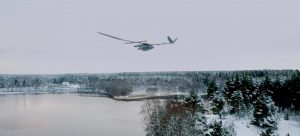
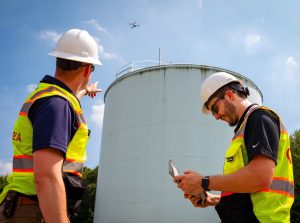


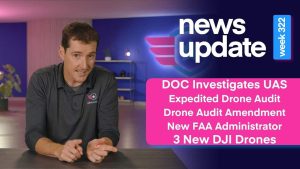
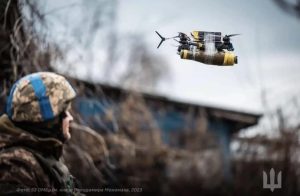


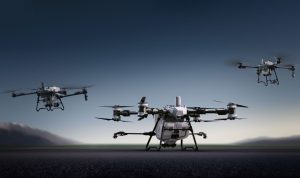
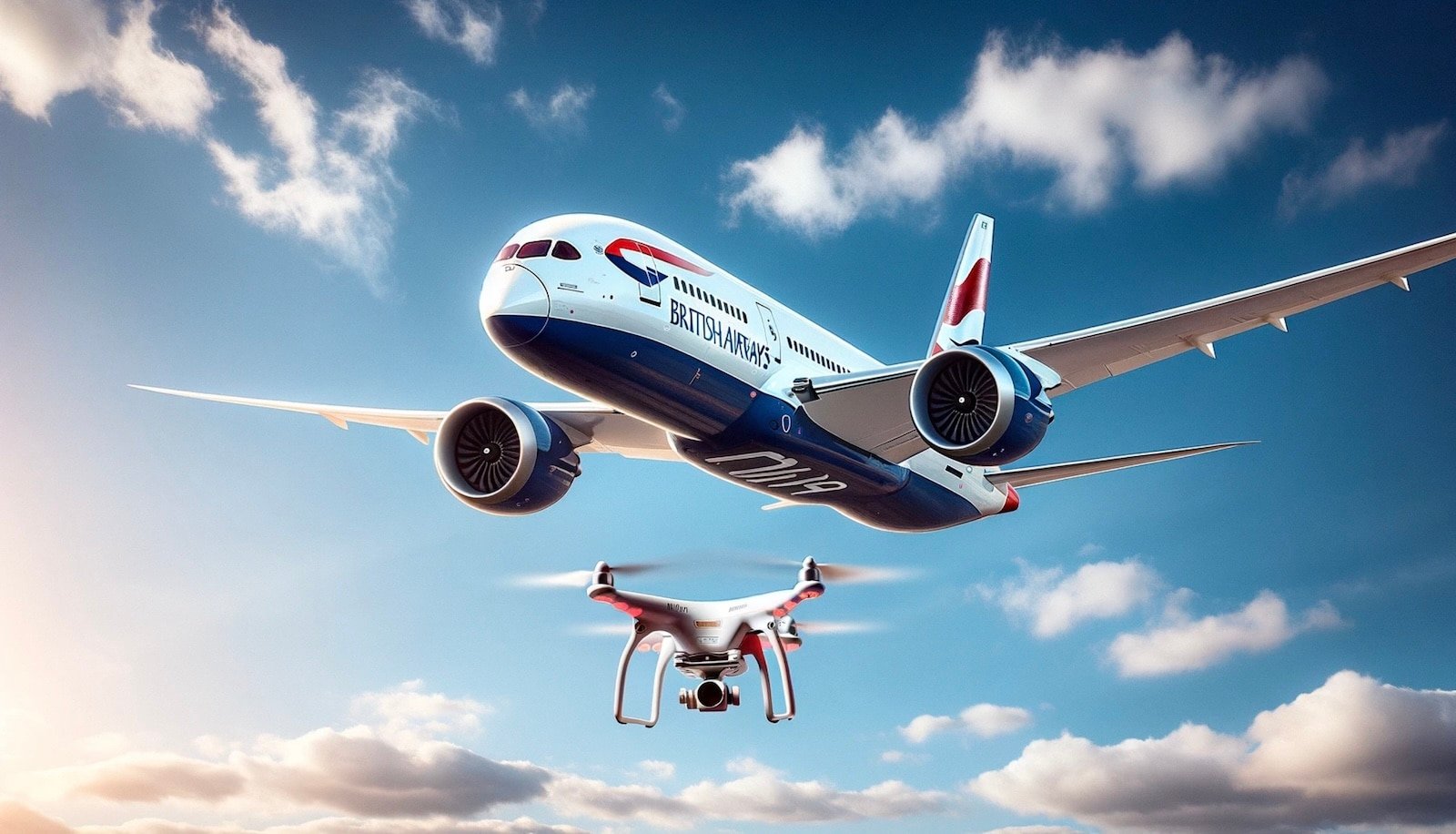

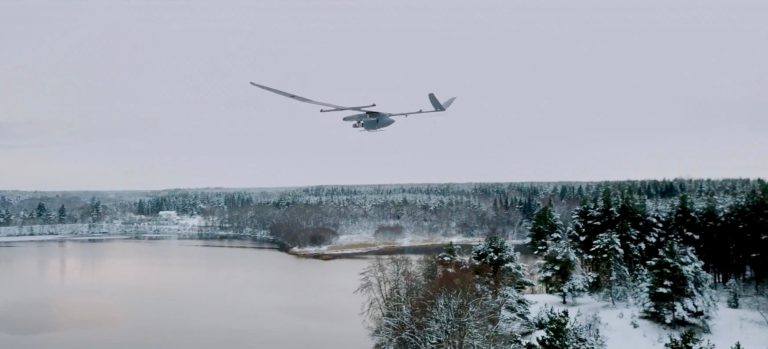
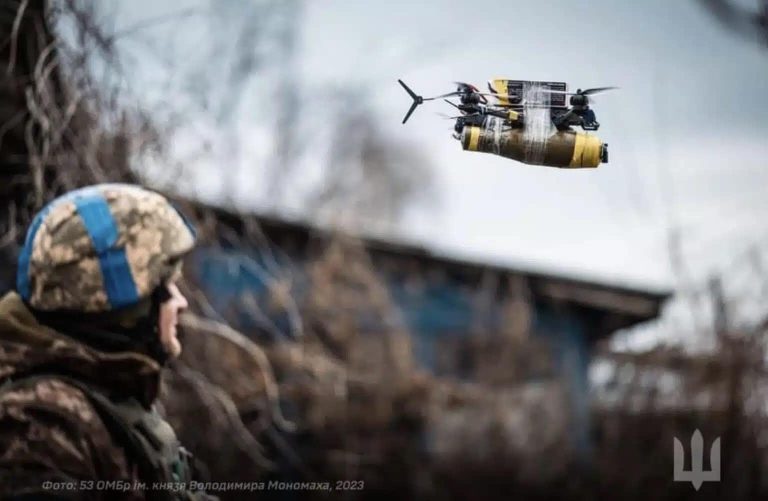
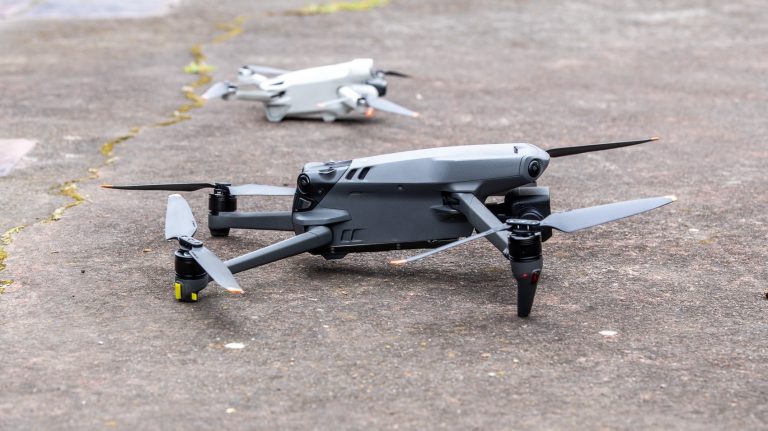
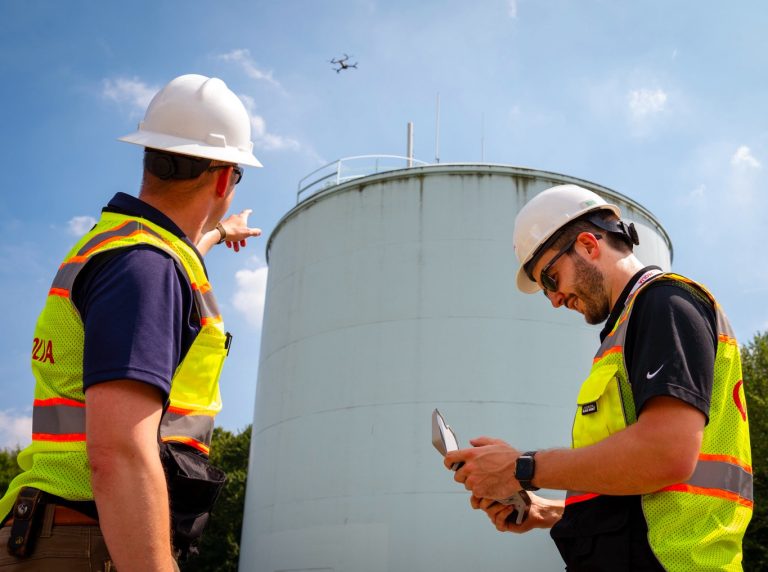


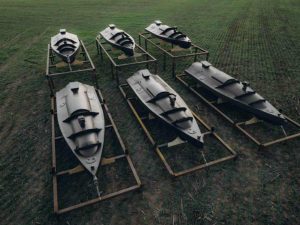




+ There are no comments
Add yours